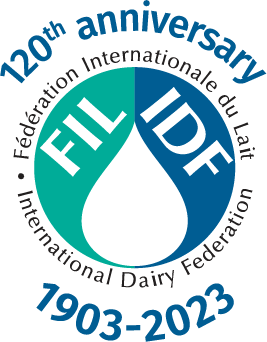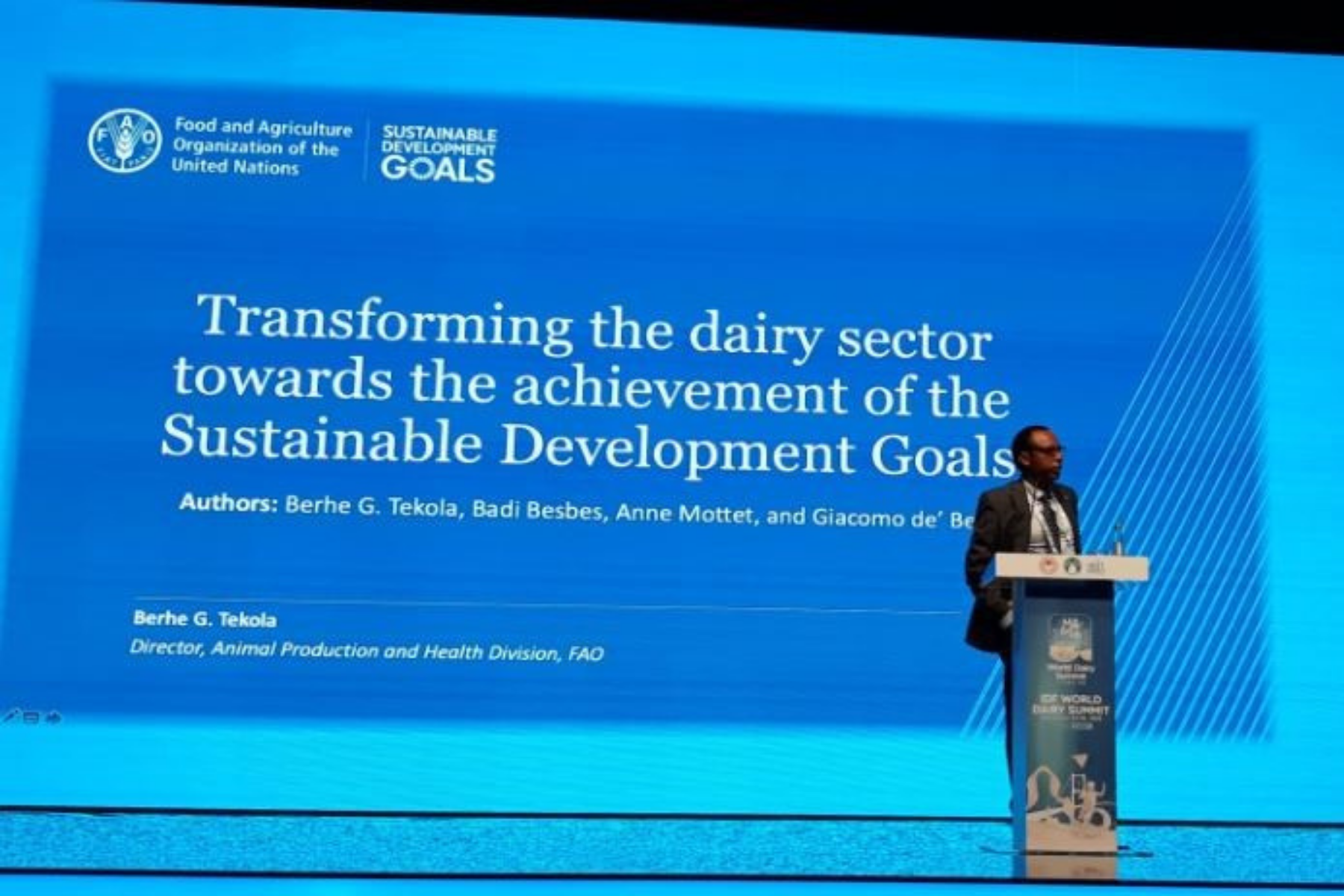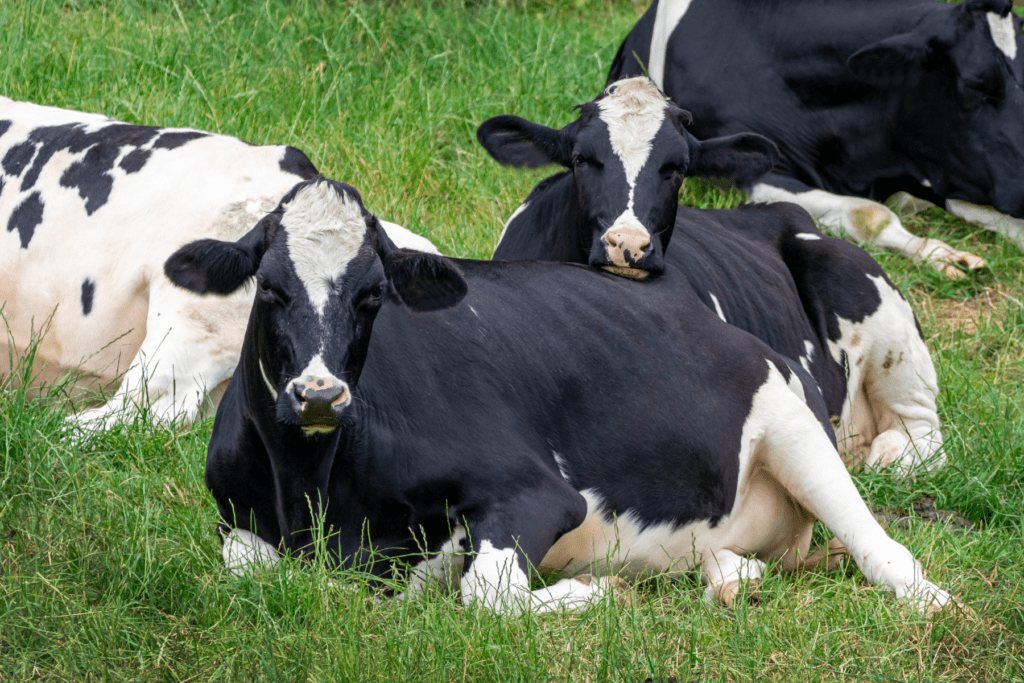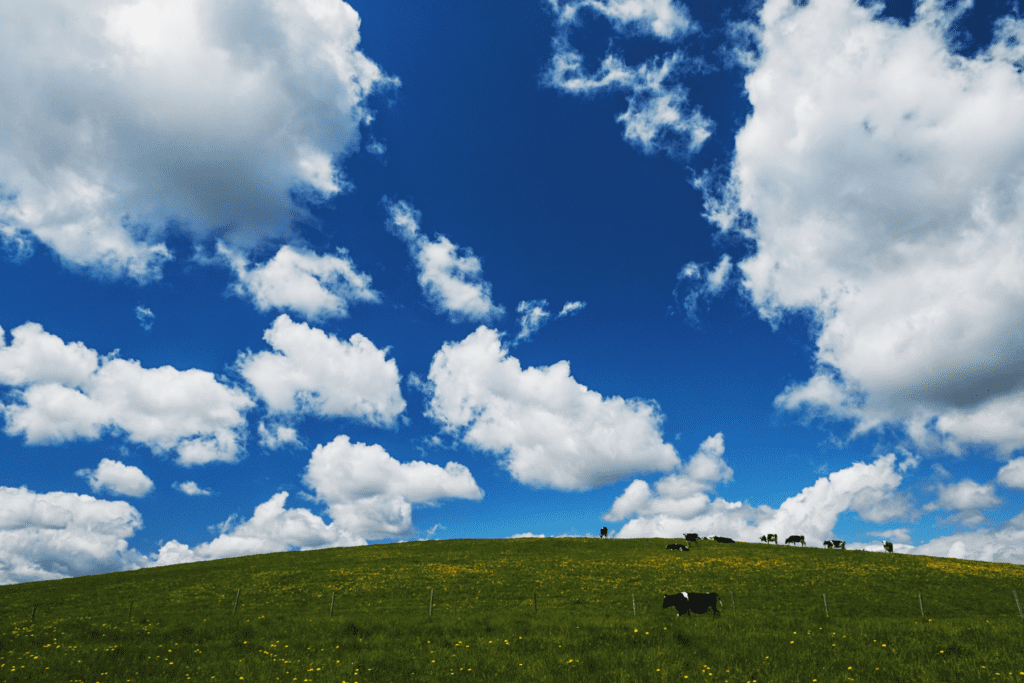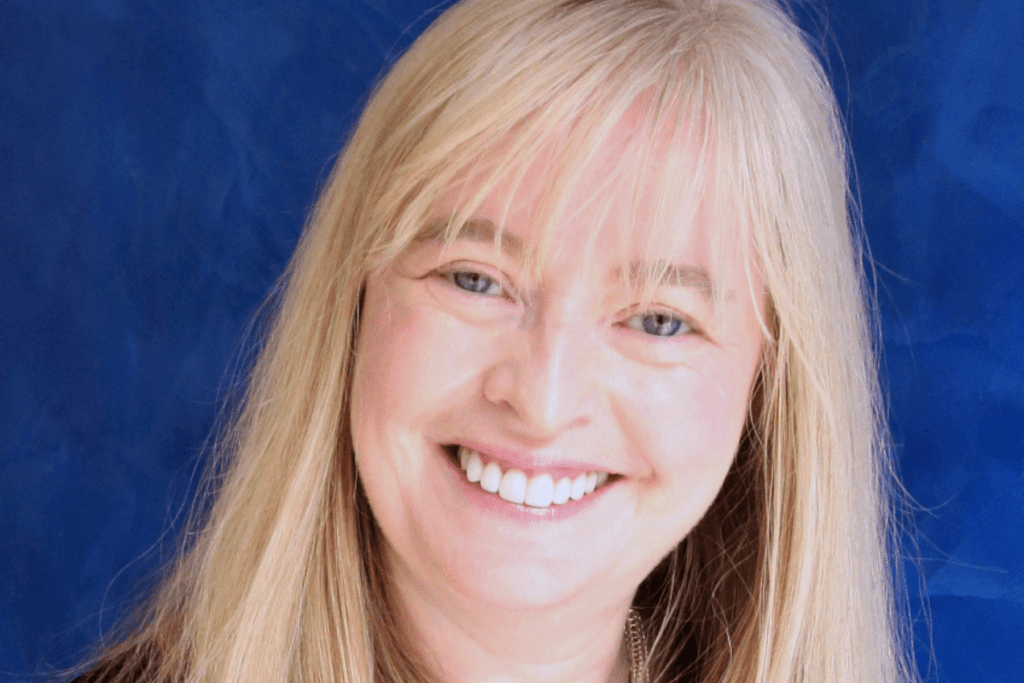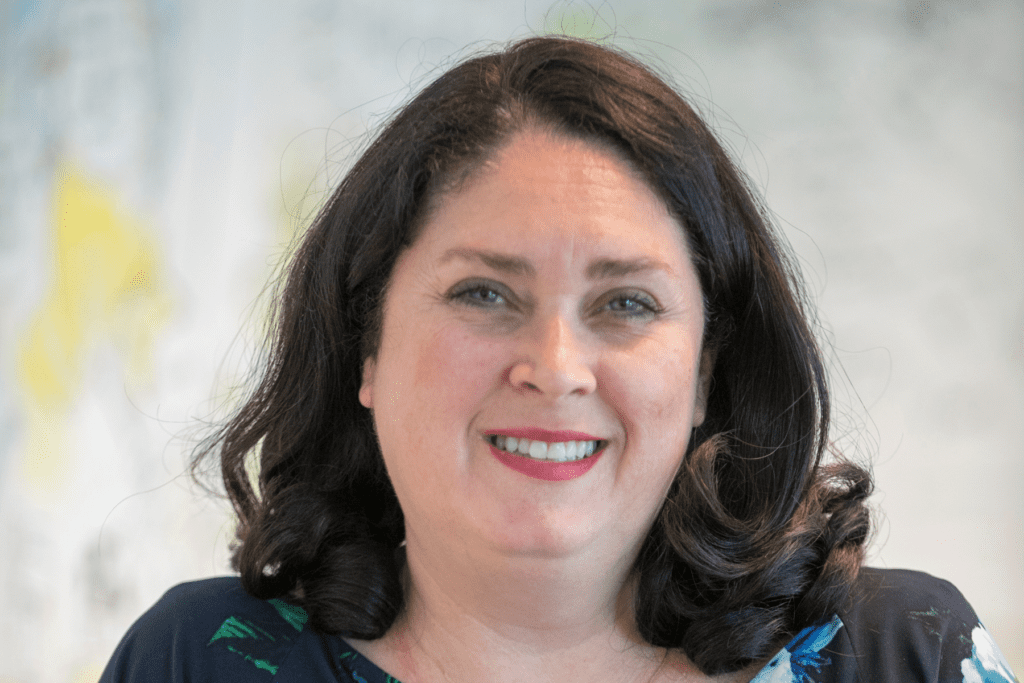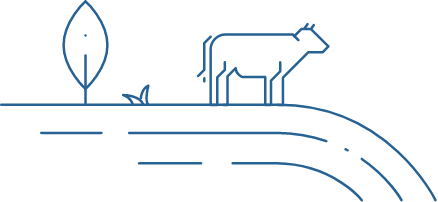Transforming the dairy sector
“Optimising the dairy sector’s contribution to the SDGs requires careful planning, implementation and monitoring” Berhe Tekola of the Food and Agriculture Organisation of the United Nations.
Malnutrition is the single largest contributor to disease in the world. The number of undernourished people is increasing (more than 821 million people). At the same time, overweight and obesity continue to increase in all regions. More than 2 billion people do not have regular access to safe, nutritious and sufficient food, and agricultural production will have to increase by an estimated 50% by 2050 to meet the needs of a growing population.
Livestock supporting livelihoods
736 million people globally live in extreme poverty (World Bank, 2018). In the developing world, some 290 million women and girls rely on livestock to generate income. 470 million jobs are needed globally for new entrants to the labour market between 2016 and 2030 (UNDG 2013). Most of the global poor live in rural areas, are poorly educated, employed in the agricultural sector, and under 18 years of age.
The dairy sector can make positive and negative contributions to the SDGs. Many complex interactions, potential synergies and trade-offs exist among and within the 17 Goals. Therefore, optimizing the sector’s contribution to the SDGs requires careful planning, implementation and monitoring.
Dairy opportunities for the achievement of SDGs
Milk is one of the most produced and valuable agricultural commodities worldwide. It is estimated that the dairy sector supports the livelihoods of up to 1 billion people worldwide (FAO, 2015). The dairy sector presents numerous opportunities for the achievement of SDGs:
- Household: increased direct consumption of healthy and nutritious food; Women’s empowerment and gender equality
- Rural community: Creation of employment; Providing increased access to a variety of products and services; Improving the productivity and income of small-scale dairy producers
- National economy: Generation fiscal revenue and earn foreign exchange; Contribute to economic growth and employment generation
- Global: Supplying sufficient and reliable supplies of milk and dairy products; Promotion of sustainable and resilient dairy systems; Ensuring the proper functioning of food markets.
There is a need to link growth with poverty reduction, promote sustainable investment, support inclusive food systems and value chains, value addition and reduce post-harvest losses.
Facing the challenge of antimicrobial resistance
Animal welfare matters for both ethical and practical reasons. Food-borne pathogens account for 420 000 deaths per year (WHO, 2015), with 70% of pathogens affecting humans of animal origin (Jones et al., 2008), and around 700 000 human deaths/year are related to antimicrobial resistance (O’Neill, 2016). An estimated total of 63 153 tons of antibiotics were consumed by the livestock sector globally in 2010 (Van Boeckel et al., 2017). In order to combat this there is a need to promote the One Health approach, to optimize use of antimicrobials and to treat animal welfare as a priority.
Protecting the environment and biodiversity
From 1880 to 2012, average global temperature increased by 0.85°C (IPCC, 2013). Livestock account for 14.5% of global GHG emissions (FAO, 2016). 12 million hectares of land are lost every year due to desertification and drought alone (UNCCD, 2009). Out of the world’s 7155 local breeds, 27% are at risk, 8% are not at risk and 65% are of unknown risk status (FAO, 2019).
There is a need to improve efficiencies, stock carbon in the soil. There is also a requirement for better linkages between dairy production and the circular bio-economy, the promotion of agroecology and biodiversity enhancement and provision of ecosystem services by livestock.
“Dairy farmers depend on nature – healthy soil, clean air and water, and biodiversity – to nourish a growing population over the long term. Dairy can and needs to play its part, not just by reducing its environmental impacts but also by actively restoring nature and nature’s contribution to people around the world.” Sandra Wijn, Worldwide Fund for Nature
A new deal for nature is needed to sustain this planet and its precious resources for generations to come. Dairy farmers are already reducing the use and degradation of natural resources. But there is more that can be done, and different ways to achieve results.
Healthy animals for sustainable dairy production
Misuse and overuse of antimicrobial drugs in human medicine, veterinary medicine and food production has contributed to the emergence and spread of antimicrobial resistant organisms, threatening not only human health, but also animal health and welfare. Without coordinated and accelerated action, this growing problem could also compromise the global community’s progress towards the achievement of the Sustainable Development Goals (SDGs). While there are no AMR specific SDG indicators, sustainable development, economic growth and AMR are inextricably interlinked. Combatting AMR will help achieve 15 of the 17 SDGs and is crucial to the 2030 Agenda.
IDF and Codex: Ensuring healthy lives and promoting wellbeing for all
“IDF has a unique place in Codex history and procedures” Tom Heilandt, Codex Secretary
Working together will ensure that no one is left behind in the drive to reach the 2030 Sustainable Development Goals. Codex and IDF is one of the longest standing examples of partnerships to ensure the best, most robust science-based standards possible. IDF has a unique place in the Codex history and procedures, serving as an essential technical advisor to Codex on all issues related to milk and milk products since its inception in 1963. IDF has had strong involvement in Codex conferences and joint achievements of both organisations include the Codex Standards for Milk and Milk Products, Methods of Analysis, Labelling, Hygiene and Antimicrobial Resistance.
Relating Codex standards to the SDGs
- If a country adopts global food safety standards such as Codex standards into national legislation, then local traders can access new markets and increase their trade, generation business and creating employment. Reaching this goal would mean an end to poverty in the agriculture sector.
- There is strong link between Codex work on food safety and the positive outcome of food security. This goal also deals with trade and states the need to correct and prevent trade restrictions.
- When developing and transition economies engage in the development of Codex standards and then use those standards as the basis for national standards, they are protecting consumer health both within and outside their national borders. Strengthening food safety systems will enable countries to take measures to reduce the burden of foodborne disease.
- Trade is a vital opportunity for growth and the Codex standards promote fair practices in food trade by eliminating trade restrictions and barriers to trade.
- One of the targets of goal 12 is “halving per capita global food waste at the retail and consumer levels and reduce food losses along production and supply chains”. Codex work on accurate and reliable food labelling links directly to this goal. The goal also calls for sound management of chemicals. Chemicals in food are a worldwide health concern and are a leading cause of trade obstacles. The expert advice provided to Codex by organisations such as IDF ensures that correct exposure levels are set in Codex standards to protect consumer health.
Working together towards the SDGs
There is a need to assess:
- Gaps in our standard portfolio: are new standards needed or do old ones need to be revised that would help our members achieving SDG3 targets.
- Need for new science: what is missing in our understanding of well-being, health and food safety.
- Application of standards: Do the members know about them, and what can be done to build capacity and communicate better with the users.
- What is missing in our overall way of work and where can we innovate.
- Correcting myths around about what is safe and nutritious and what isn’t.
- Continuous improvement: more constructive and visionary debates.
